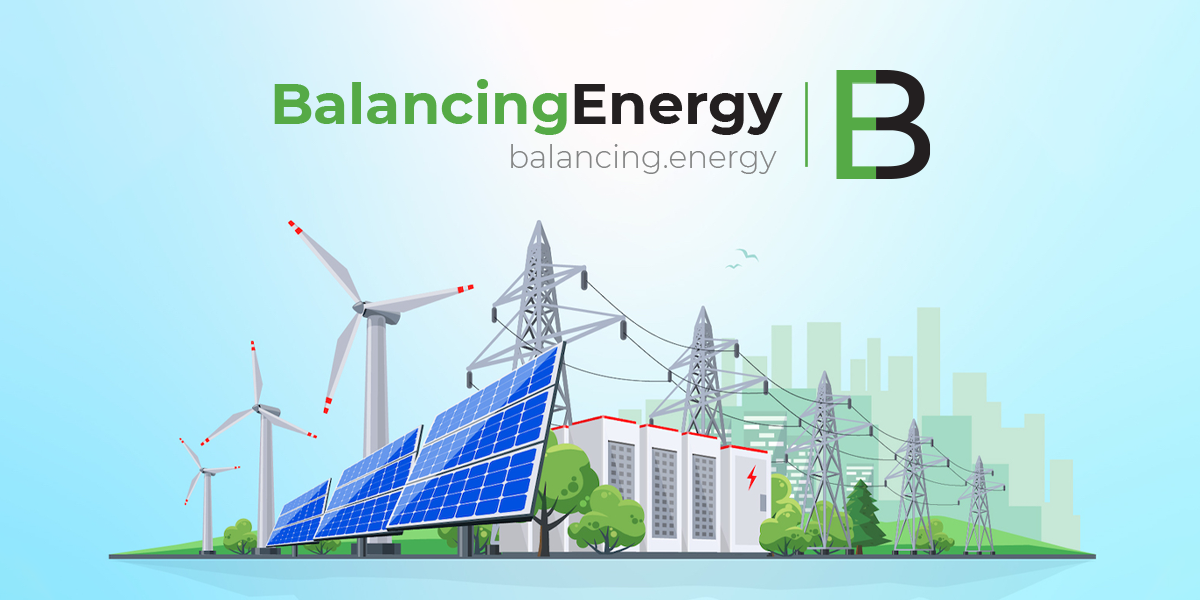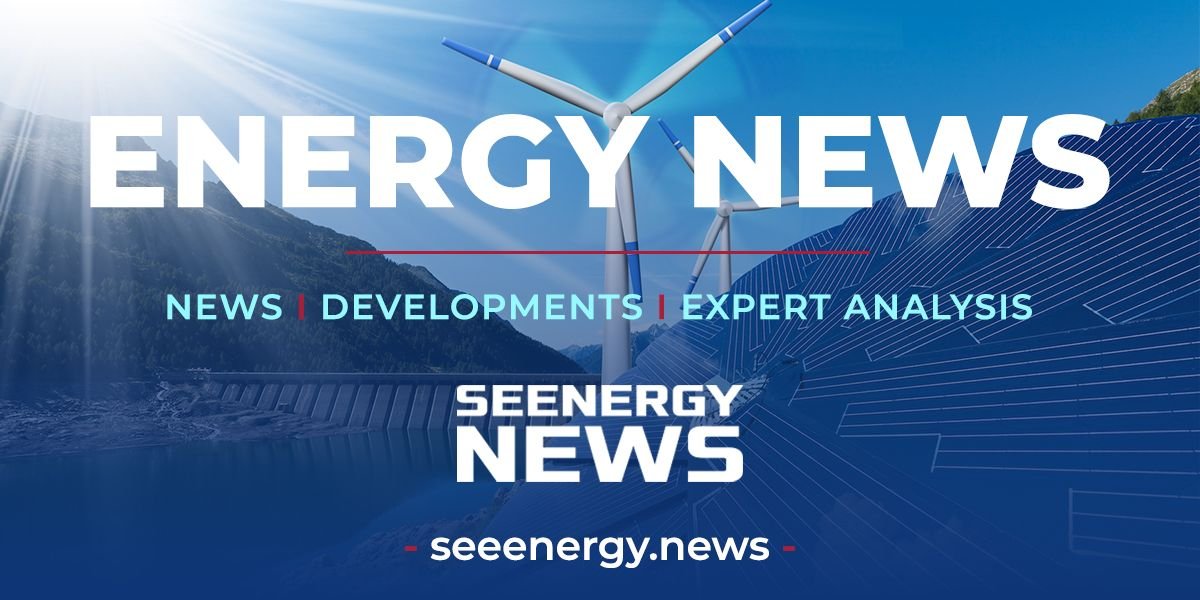The last five years have indeed marked a transformative period for the renewable energy sector, especially solar photovoltaic (PV) power, which has shown clear potential for being economically viable and profitable even without subsidies. This has brought about significant changes in how renewable energy projects are planned, financed and integrated into the grid. However, alongside these advances, new challenges have emerged, primarily around issues such as curtailments, price cannibalisation and high market volatility, which pose risks for securing financing for future projects, AleaSoft reports.
These issues, particularly the price volatility and curtailments (the practice of limiting the output of renewable energy sources when supply exceeds demand), highlight the need for solutions that can stabilize renewable energy generation. Energy storage, particularly through advanced battery technologies, has emerged as a key solution. The dramatic reduction in battery prices, almost halving in the past year, has made storage a more viable and attractive option. Integrating energy storage with renewable generation can help mitigate the impacts of intermittency and price fluctuations, enabling a smoother and more reliable energy transition.
In the realm of project finance, the landscape remains challenging, with many banks still hesitant to finance merchant projects (those that rely on spot market prices without long-term power purchase agreements or PPAs). The few that are willing to take the risk are applying highly conservative criteria, which in turn makes PPAs (Power Purchase Agreements) an essential tool for securing financing. PPAs offer stability by locking in long-term, predictable revenues, which in turn reduce the financial risk associated with energy price volatility. Though the internal rate of return (IRR) from PPAs may be slightly lower than 100% merchant projects, they offer a much more stable and risk-adjusted return, which is increasingly appealing to investors.
Offtaker trends are also evolving. While technology companies have traditionally been the largest signatories of PPAs due to their renewable energy needs and sustainability goals, industries with high energy consumption are beginning to play a larger role in the PPA market. This includes mining, metallurgical and chemical companies, which are increasingly turning to PPAs to secure their energy supply at predictable prices, mitigate energy price volatility, and meet sustainability targets. This shift is especially notable as industrial consumers are becoming the dominant force in PPA signing in many countries.
Looking ahead, the development of the renewable energy sector will depend on several factors:
- Market evolution: The ongoing changes in energy market structures, such as the increasing prominence of flexible markets and the integration of energy storage, will shape future growth.
- Energy auctions: In many regions, government auctions for renewable energy capacity will continue to play a key role in driving down costs and providing clear pricing signals for new projects.
- Storage technology advancements: Continued improvements in energy storage technology, particularly batteries, will be crucial in overcoming the challenges of intermittency and price volatility that have plagued some renewable projects.
As the market adapts to these new conditions, we can expect to see greater innovation in both financing structures (like PPAs) and technological integration, including storage, to create a more stable and predictable renewable energy future. The sector’s ability to navigate these challenges will be pivotal in achieving long-term sustainability and continuing the momentum of the renewable energy transition, AleaSoft reports.










